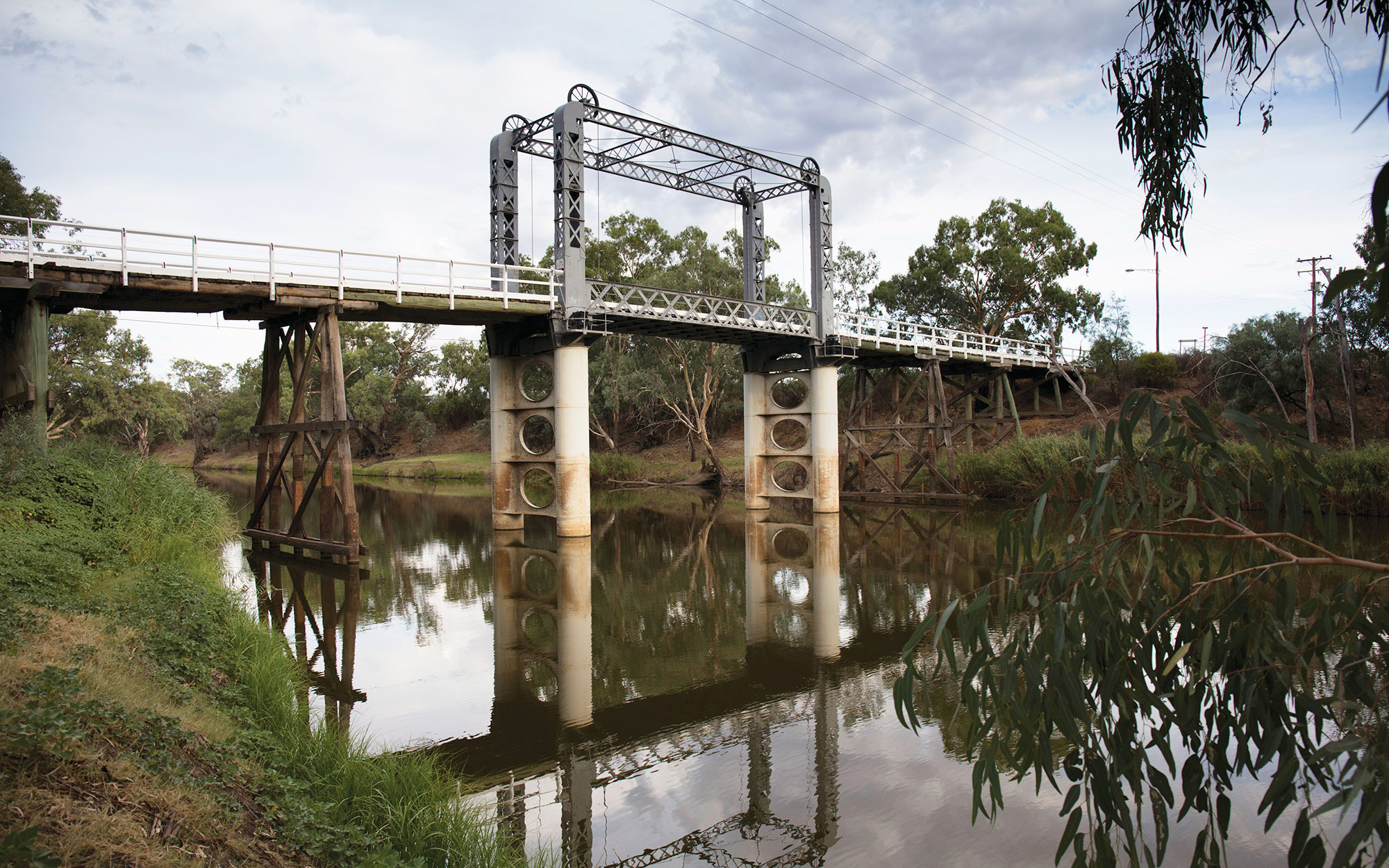About the Barwon-Darling
The Barwon-Darling is an unregulated river system which stretches from the Queensland border to the Darling River.
It flows through north-western NSW from Mungindi on the NSW-Queensland border to Wentworth in south-western NSW.
It is part of the Darling River, which flows for 2,750 kilometres from its upper catchment in the Great Dividing Range to its junction with the Murray River in south-western NSW.
The major towns in the Barwon-Darling catchment are Broken Hill, Mungindi, Brewarrina, Walgett, Bourke, Wilcannia, and Menindee.
Rivers and tributaries
The Barwon River is formed by the junction of the Macintyre River and the Weir River upstream of Mungindi. Below Mungindi, the Barwon River is joined by several major tributaries – the Gwydir, Namoi, Castlereagh, Macquarie and Bogan rivers from the south, and the Culgoa River from the north.
Downstream of the Culgoa junction, the river becomes the Darling. The Warrego and Paroo rivers join the Darling River downstream of Bourke, but these flow into the river only during major flooding.
Downstream of Wilcannia the Darling River flows into the Menindee Lakes, a series of 7 large, shallow lakes that have been modified for water storage.
The Darling River and its tributaries drain a total area of 699,000 square kilometres of NSW and southern Queensland. The NSW catchment upstream of Menindee is approximately 355,000 square kilometres.
Water storages
The Barwon-Darling is an unregulated river above the Menindee Lakes. This means its flows are not regulated by a large dam.
There are several major headwater storages in its tributaries, including in the Border Rivers, Gwydir, Namoi, and Macquarie catchments.
However, these dams are too far upstream to regulate flow in the Barwon-Darling River.
The Barwon-Darling contains many weirs which influence water quality and water supply for users along the river.
Water users
Water users along the Barwon-Darling rely on the river for town water supply, livestock grazing, and irrigated agriculture including cotton, citrus, grapes, and vegetables. The cotton and citrus industries in the catchment are significant water users.
The Talyawalka Lakes are a series of 19 large overflow lakes fed by Talyawalka Creek, an anabranch that leaves the Darling River near Wilcannia. They are not often full, but are of national significance for their waterbird habitat.
The sinuous nature of the Barwon-Darling River has resulted in the formation of many small lagoons and anabranches along its length. These provide valuable local wetland habitat after floods.
NSW and Queensland manage the catchment's cross border systems. Sharing water resources between the states, and supplying consumptive and environmental needs, are key water management issues.
Securing water for critical human needs, while protecting riverine health, is a key challenge during drought. Parts of the catchment were in severe drought between 2001-2009, and again in 2017-2019.
Weirs on the river alter the natural flow regime. Water extraction also affects riverine health and contributes to water quality problems, like salinity and algal blooms.
Managing flows for the environment, including protecting flows from extraction, has become a key issue in recent years.
